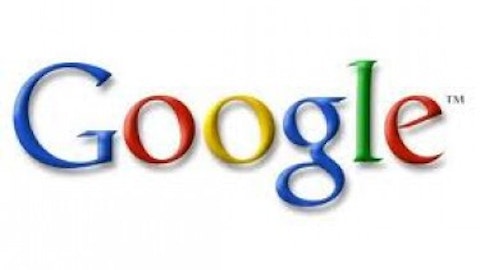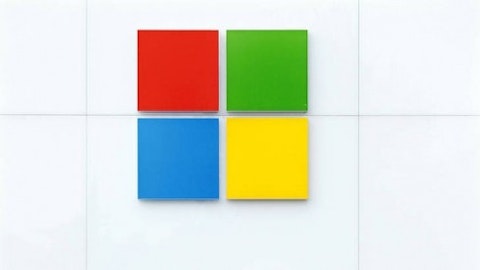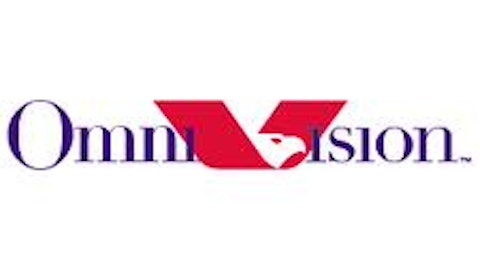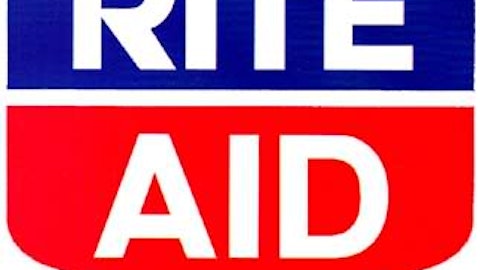Is Gorilla Glass outdated? Corning Incorporated (NYSE:GLW) is the world leader in specialty glass and ceramics. Corning’s innovation continues to be strong, with more than 160 years of materials science and process engineering knowledge. This article will focus on reviewing if sapphire glass could take over Gorilla Glass and be used for future smartphones.
Corning’s claim
There are rumors that sapphire glass will be replacing Corning Incorporated (NYSE:GLW)’s Gorilla Glass for the future smartphones. Sapphire is a crystalline material that can be manufactured by applying high heat and other demanding conditions to purified aluminum oxide. Sapphire is a like a cheaper and slightly weaker version of diamond. Sapphire is harder to scratch than Gorilla Glass. However, Corning claims that sapphire transmits about 6% less light and may introduce optical distortions. Based on Corning’s own durability test, sapphire could break more easily than Gorilla Glass, especially if used at the same thinness as Gorilla Glass. Economically, if produced at the same thinness of Gorilla Glass, sapphire glass is difficult to process and costs significantly more to produce. While some extremely expensive cell phones are using sapphire, Corning believes sapphire glass can only be used for niche markets due to its performance and economics. Corning Incorporated (NYSE:GLW) also estimated that billions of dollars are needed to create sufficient sapphire capacity for even a small percentage of mobile phones.
An analyst’s point of view
While a Gorilla Glass display costs less than $3, a sapphire display would cost about $30. However, Eric Virey, an analyst for the market research firm Yole Développement, believes that the cost for sapphire could reduce to $20 in a few years due to increased competition and improving technology. Sapphire’s lowered price could make it cheap enough to compete, as it performs better than glass. Apple Inc. (NASDAQ:AAPL) is already using sapphire crystal for the surface of the iSight camera for its iPhone 5 model, which makes the surface of the lens less likely to scratch. However, as the iPhone 5 model continues to target the high-end model, which costs $649 for a 16GB phone without a contract, sapphire crystal is affordable to cover a small surface area for the lens.
While investors are now concerned about Apple Inc. (NASDAQ:AAPL)’s growth rate, it is expected that Apple will launch a cheaper version of the iPhone. It is rumored that the lower-cost iPhone could be selling at the price of $350-$400, which is 38%-46% cheaper than the $649 starting price for iPhone 5. To minimize the margin compression, Apple needs to control the cost, yet provide sufficient functions. It is likely that the company will find the lower cost alternatives for its body and exterior materials. While it costs $207 to build the 16G iPhone 5, sapphire is, for sure, not an option for a cheaper iPhone.
Alternative competition
GT Advanced Technologies Inc (NASDAQ:GTAT) is taking an alternative approach by developing a method for making sapphire sheets thinner than a human hair. By laminating an ultrathin layer of sapphire with cheaper transparent material, the performance advantage of sapphire can be maintained at a cost comparable to that of the glass used in mobile-phone displays. GT Advanced is much more optimistic about prices than the analyst, Eric Virey, and believes that sapphire displays could cost only 3-4 times as much as those made from Gorilla Glass. As GT improves its furnaces, and as the manufacturing becomes streamlined, the price could fall further. Logically, GT Advanced had acquired Thermal Technology, valued around $14.7 million, in mid-May. By acquiring Thermal Technology, GT Advance now has the annealing technology, which the company believes will be important in the manufacturing of sapphire cover screens. GT Advance is moving aggressively into new markets, including smartphones. However, could GT Advanced Technologies Inc (NASDAQ:GTAT) catch up with Corning’s speed of innovation, while its Gorilla Glass continues to generate strong cash flow and is used by more than 33 major brands and featured on more than 1.5 billion devices internationally? Cost will remain a key issue going forward, as smartphone providers continue to compete head-to-head.
What now?
Although sapphire glass appears to be a viable alternative, Corning Incorporated (NYSE:GLW)’s Gorilla Glass will continue to dominate the mass market with its cost and production advantages. Corning continues to innovate aggressively and has also recently launched Corning Lotus XT Glass, a second-generation glass substrate formulated for high-performance displays. Lotus XT Glass is designed to have improved thermal and dimensional stability over higher temperatures, generating higher yields for Corning’s customers. Corning Incorporated (NYSE:GLW) also has ultra-slim, flexible glass, called Willow Glass, which is rumored to be deployed for Apple Inc. (NASDAQ:AAPL)’s smart watch. Most importantly, as Gorilla Glass continues to evolve, more features can be expected, such as reflection reduction and native antimicrobial technology to attack and eliminate bacteria and germs on surfaces.
Bottom line
Sapphire glass is a possibility, yet it is still not cost-effective for mass production of smartphones. Corning’s innovation will continue to help the company maintain its leadership position in the mass smartphone market. However, as the innovation continues to evolve, investors should definitely keep an eye on the new technology developed by companies, such as GT Advanced Technologies Inc (NASDAQ:GTAT), whose share price increased nearly 50%, while Corning Incorporated (NYSE:GLW) only advanced 25% YTD.
Nick Chiu has no position in any stocks mentioned. The Motley Fool recommends Apple Inc. (NASDAQ:AAPL) and Corning Incorporated (NYSE:GLW). The Motley Fool owns shares of Apple and Corning.
The article Can Gorilla Beat Sapphire? originally appeared on Fool.com.
Nick is a member of The Motley Fool Blog Network — entries represent the personal opinion of the blogger and are not formally edited.
Copyright © 1995 – 2013 The Motley Fool, LLC. All rights reserved. The Motley Fool has a disclosure policy.






